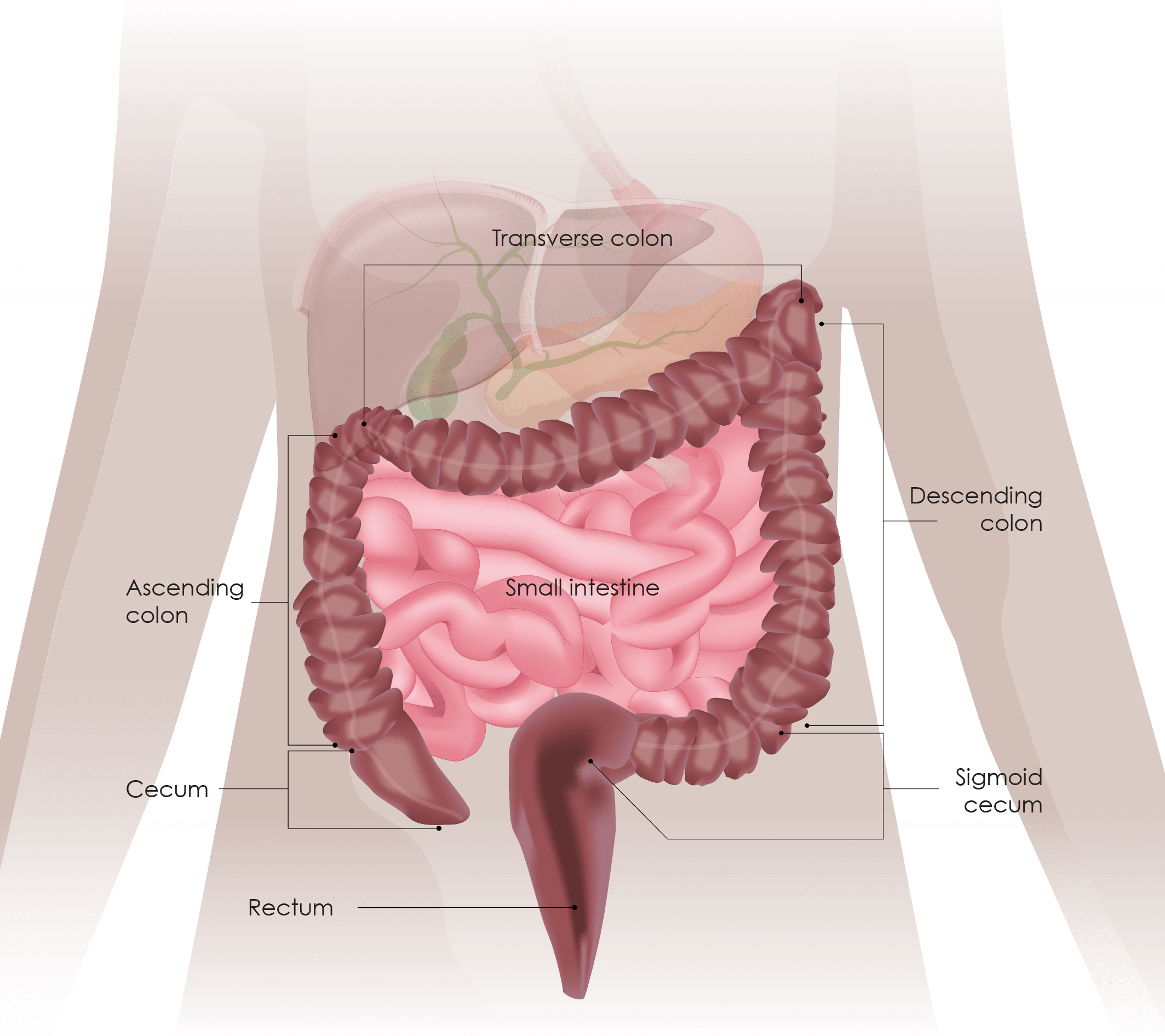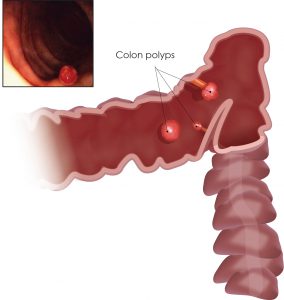
Colorectal Cancer (CRC or Bowel Cancer)
What is Colorectal Cancer ?
Colorectal cancer, also known as bowel cancer, develops in the colon or the rectum (the large bowel or the large intestine).
About Colorectal Cancer
Colorectal cancer, also known as bowel cancer, develops in the colon, also known the large bowel or the large intestine, or the rectum, which is the end part of the colon.
In Europe, it is the second most common cancer with more than 500,000 European citizens diagnosed every year. The number of cases is increasing, driven by an ageing population (it is a disease that mainly affects the over 50s) as well as diet and lifestyle.
You can view individual country data about colon cancer statistics via our European Data Map, which also allows you to compare data between two or more European countries.
The good news is that colorectal cancer is preventable in many cases and highly treatable if diagnosed in its early stages. Since the mid-1980s the colorectal cancer death rate (also known as mortality rate) has been dropping, due in part to increased awareness and screening.
Currently, the five-year survival rate for colorectal cancer found at stage I, which corresponds to an early cancer stage, is 90%. For colorectal cancer found at stage II and stage III, it is 75% and 70% respectively, while for colorectal cancer found at stage IV, which corresponds to an advanced cancer stage, it is up to 10%.
In simple terms, this means that if 100 people are diagnosed at stage I, it is likely that 90 of these people will survive for at least 5 years after diagnosis, while if 100 are diagnosed at stage IV, it is likely that only 10 will survive. Obviously, these statistical numbers are based on large numbers of people; each individual patient is different and what may apply to one patient may be completely different for another.
About the Colon and the Rectum
The digestive system in our body processes all the food we consume. The first part of the digestive system (the stomach and small intestine, with the help of the pancreas, liver and gallbladder) processes food for energy, while the last part (colon and rectum) absorbs fluid to form solid waste (stools) that leaves the body.
The colon is about 1.5 metres long and has four sections: the ascending colon, transverse colon, descending colon and sigmoid colon. The cecum is a pouch that connects the small intestine to the colon.
The wall of the colon and rectum is made up of several layers.
Most of colorectal cancers begin as a small growth on the bowel wall – called a colorectal polyp or adenoma. These small growths are usually benign (non-harmful), but some develop into cancerous, also known as malignant, over time.

An anatomical illustration showing the different parts of the colon and the small intestine.
An illustration showing three polyps inside the colon (one flat and two with a stalk). The inset shows the colon in the form of a tube with a flat polyp.



